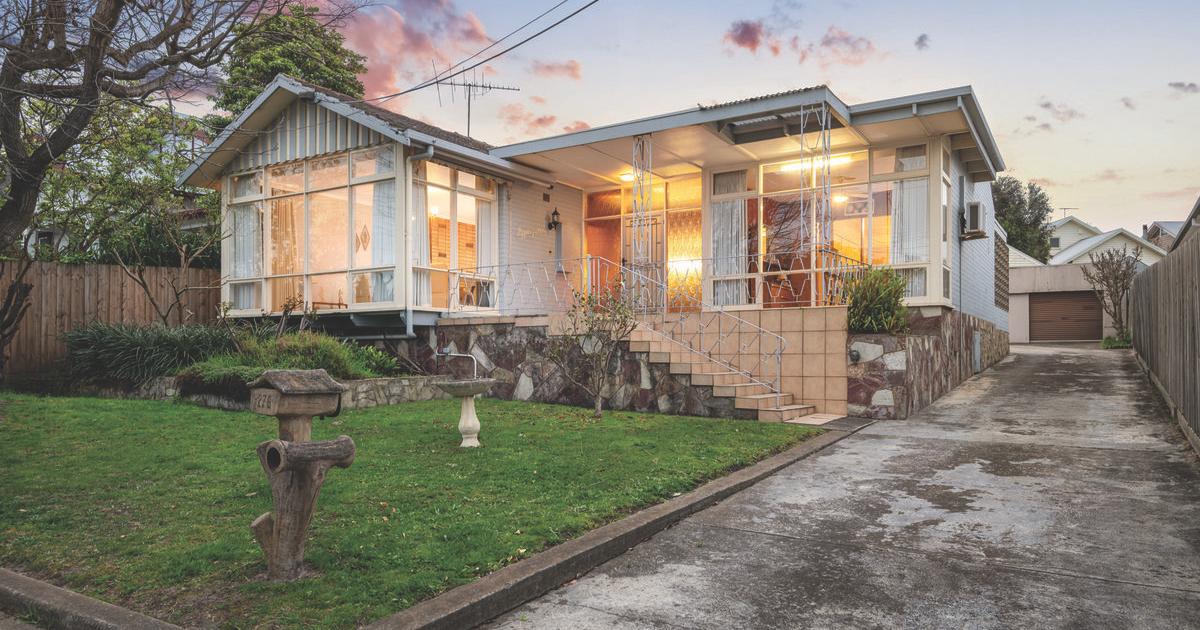Beat the winter chill

Reducing heat loss through windows not only saves energy, it also saves you money on your winter heating bills.
Windows play a big part in retaining heat in your home, with up 49 per cent of heat loss occurring through windows.
While double glazing can reduce this significantly, so too can the right choice of window coverings. Reducing heat loss through windows not only saves energy, it also saves you money on your winter heating bills.
How can you prevent heat loss? Appropriate window protection creates an insulating layer of still air on the inside of the glass. This can be achieved by several types of window treatments, so there’s sure to be a solution that not only suits your home’s decor, it will fit the budget too. The important thing is to have correctly installed, closely fitting curtains or blinds, making sure there’s a snug fit on both sides and also across the top. Pelmets Installing pelmets or a solid barrier above the blinds or curtains has a huge benefit as it prevents what’s referred to as hot air draw down, where the natural convection of air draws the warm air down and then it is cooled by the glass.
While pelmets of yesteryear were often bulky, cumbersome and viewed as a dust collector, modern style pelmets are simple and sleek, creating a stylish finish and hiding the working parts of the blinds or curtains.
For instance, a simple box pelmet, crafted from timber and painted to match your walls, blends in seamlessly and hides the working parts – ideal if you are having motorised blinds because it neatly conceals all the wiring.
Types of blinds
Roller blinds are an ideal choice for insulating your windows, as they fit snugly, coming down close to the glass, and as mentioned fitting them under a pelmet will eliminate any gap at the top. The fabric range for roller blinds is extensive and many of them will have been tested for their insulation properties, referred to as U-values. Don’t be fooled into thinking you need a blackout blind to be an effective insulator – many of the sunscreen and light filtering fabrics have equally as good insulating benefits perfect for these winter days, and you won’t lose all your natural light or take away the view.
Curtains or drapes were traditionally considered the best insulator, particularly when installed with a pelmet. While heavy drapes are not so popular these days, you could always opt for a sheer drape that will provide daytime privacy and filtered light, teamed with a separate blockout lining that you close at night to provide great insulation benefits.
Plantation shutters will improve the level of comfort in your home, as these fit closely into a window reveal or can be fully framed, again eliminating the gaps both across the top and down the sides.
Also referred to as cellular blinds, honeycomb blinds are named for their resemblance to actual honeycomb. These blinds consist of fabric with crisp neat pleats that concertina and were specifically engineered for energy efficiency. The honeycomb construction creates a layer of insulation as it traps air in distinct pockets. An added benefit of these blinds is that they fit snugly into a window recess with very minimal gaps, providing highly effective insulation.
Automation can help
Recent advances in our automation technology for curtains and blinds means that we now have the capability to control our blinds like never before. Setting up timer functions that open and close your blinds at different times of the day, means you can set your blinds to open in the morning, allowing the sun in through the day to passively warm your home, and then program them to close before you return home from work, keeping in that warmth.
Energy ratings for blinds
While it’s not a new concept in other parts of the world, an energy rating system for blinds has taken a long time to be developed in Australia. It is, however, a project currently about to be launched by the Blind Makers Association of Australia (BMAA) at their coming trade expo in July.
Regardless of the type of blinds you have, they’ll only be effective if you remember to use them. So go on, shut the blinds.

















